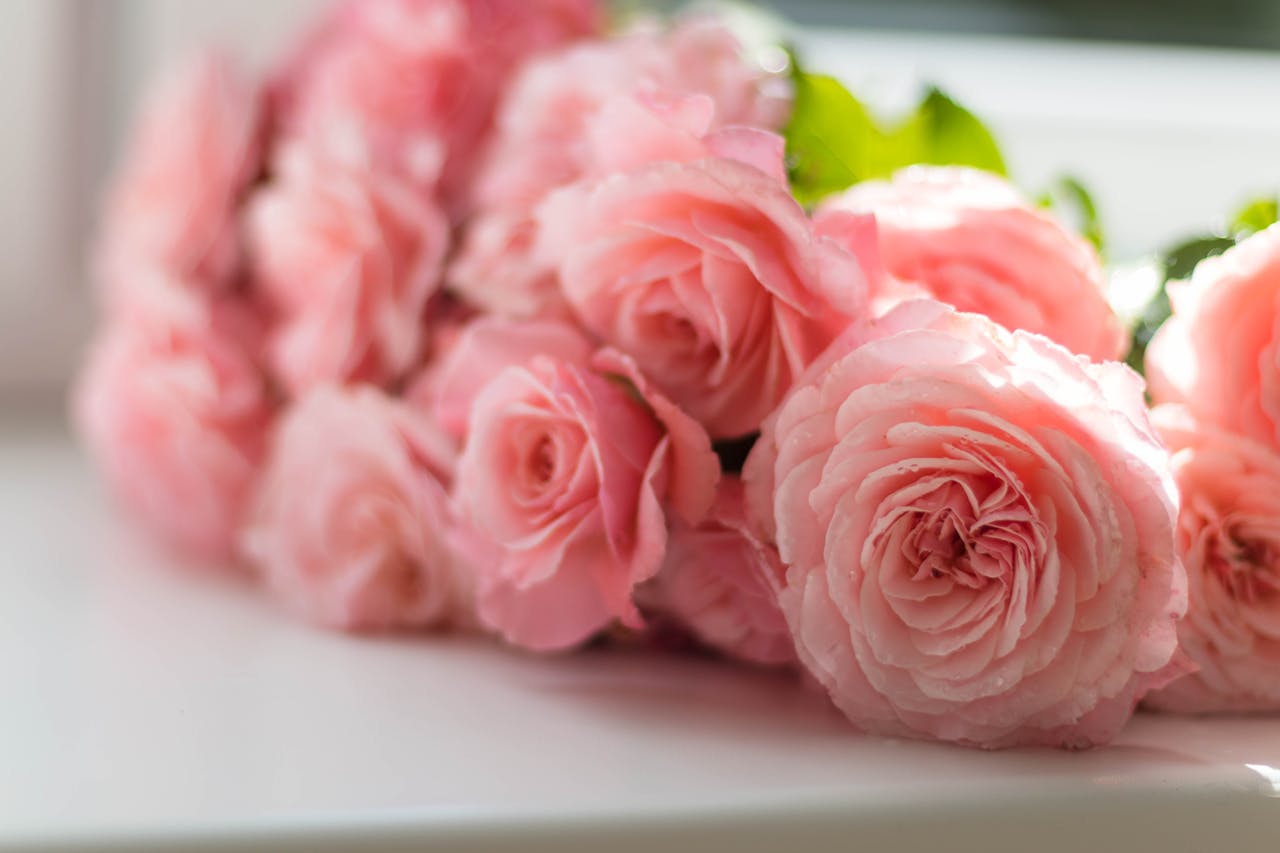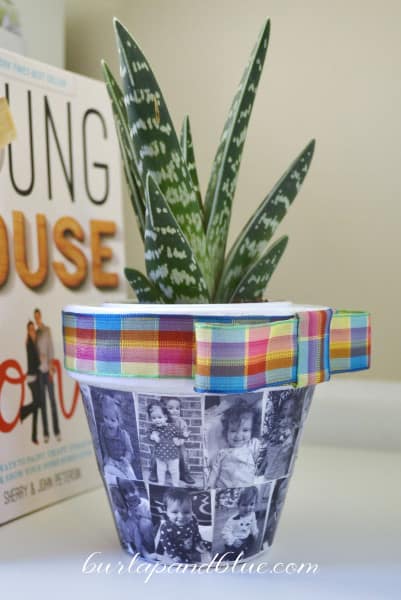
Photo by Valeria Boltneva from Pexels: https://www.pexels.com/photo/selective-focus-photography-of-pink-peony-flowers-617967/
You’ve cultivated a beautiful, thriving garden during the year, only to let it all go to waste in the winter?
Nonsense!
While you may think there’s no hope for your plants when the temperatures dip, you can plant various types of greenery that will outlive cold, gloomy days.
And no, we don’t mean evergreens, we’re talking about perennial winter plants and shrubs.
So what are the winter plants that won’t die during the cold months?
Keep reading to find out.
How Do You Keep Plants Alive in Winter?
By making smart, informed decisions ahead of the cold season.
What do we mean by this?
Well, you have to do thorough research beforehand to find the right perennial or shrub that suits your climate.
This shouldn’t be a guessing game. You can find all the information in the USDA Plant Hardiness Zone Map, which tells you how to determine which plants are most likely to survive at a certain location.
Read about the plant you’d like to grow, understand its care needs, and make sure you have a good planting spot before buying the plant.
In any case, you should prepare your garden and gather your plants in the late fall months before the frost settles. Most plants in this list need to establish their roots before the ground freezes over so they can have a good fighting chance.
When winter arrives, water the plants well so you can enjoy all the blooms in early to mid-spring.
5 Best Winter Plants That Won’t Die
So what should you plant this fall?
Consider some of these hardy winter flowers:
Peonies
Zones: 3-8
Exposure: Full sun or partial shade
Bloom time: Late spring to early summer
If you’ve never grown peonies before, you’ll be surprised how tought these dainty little flowers are.
If you deal with particularly cold winters (or live far up in the north), you can always rely on peonies. They come in a range of colors and flower forms, so much so you can even plant a full garden with them while making it look versatile at the same time.
Peonies are easy to find, but have an idea of what you want the visual outcome of your planting to be before you stock up on 10 different colors. It’s hard to resist the temptation, we know!
Camellias
Zones: 7-9
Exposure: Mostly sun and partial shade
Bloom time: Fall to mid-spring
As one of the widest-known winter-flowering plants, the Camellia can lend vibrant colors to your yard year-round.
Depending on the type of Camellia you get, you can enjoy blooms in various shades of red, pink, white, or any combination of the three. Keep in mind that these flowers have very large blooms and are not subtle in the slightest.
So, place them somewhere they’ll get the attention they deserve and use them as a focal point in your winter garden.
Winter Heath
Zones: 5-8
Exposure: Full sun or partial shade
Bloom time: Mid-winter to early spring
A plant with “winter” in its name is sure to be one of your best bets in terms of hardiness.
The winter heath is an evergreen shrub that produces clusters of colorful bell-shaped flowers. These blooms come in shades of pink, lavender, and white, so they’re a perfect vista for gloomy days.
This plant is low growing, so as it grows it expands outwards and creates a dense carpet-like shrub. When it hasn’t flowered, you can still admire its needle-like foliage reminiscent of Christmas trees.
Snowdrops
Zones: 3-9
Exposure: Full sun or partial shade
Bloom time: Very early spring
As the harbingers of spring, it’s no surprise snowdrops are on this list.
These gentle flowers, also called galanthus, pop up unexpectedly to signal that warmer weather is on the horizon. Often, you don’t even have to plant them.
But if your garden hasn’t been blessed by a blanket of snowdrops amid the melting snow, you can plant them in the fall. They would look lovely in any corner of your yard, but we love seeing their droopy heads in rocky gardens or right on the edge of your lawn.
Lily of the Valley
Zones: 3-8
Exposure: Partial or full shade
Bloom time: Early to mid-spring
If you want a delightfully scented winter flower that packs a punch, look no further than the lily of the valley.
This winter plant is a low-growing one that covers the ground in dense shrubbery. It’s not a huge fan of the sun, so it can thrive in shaded areas and moist conditions, making it ideal for fall planting.
Before it blooms, you can enjoy its wide deciduous leaves. Then, when the time comes, you’ll be greeted with hundreds of bell-like dangling flowers on every stem – a treat after a dark winter.

Clever alternative: artificial plants
When all else fails, it’s best to avoid killing more plants if you can help it.
Admiring colorful flowers in winter is a common desire, but sometimes, the climate simply doesn’t cooperate. Instead of going against the grain and stubbornly trying to make something grow, you may consider a more unconventional option – artificial greenery.
For example, if your winter plants are still dying after you’ve taken all the necessary precautions, you can get imitation plants that don’t need any care at all. We suggest planting artificial stems in various colors on your windowsill or by the footpath leading to your entryway.
They’ll give you the beauty of real plants but won’t ask for anything in return, leaving you worry-free and your garden untouched by frost.
Conclusion
Harsh winters don’t have to mean death to your plants.
If you do your research, you’ll discover the myriad of ways you can keep up with your gardening amid teeth-chattering cold.
And if you notice your climate is just too cold, there are always maintenance-free artificial solutions on the market to tide you over until spring.
